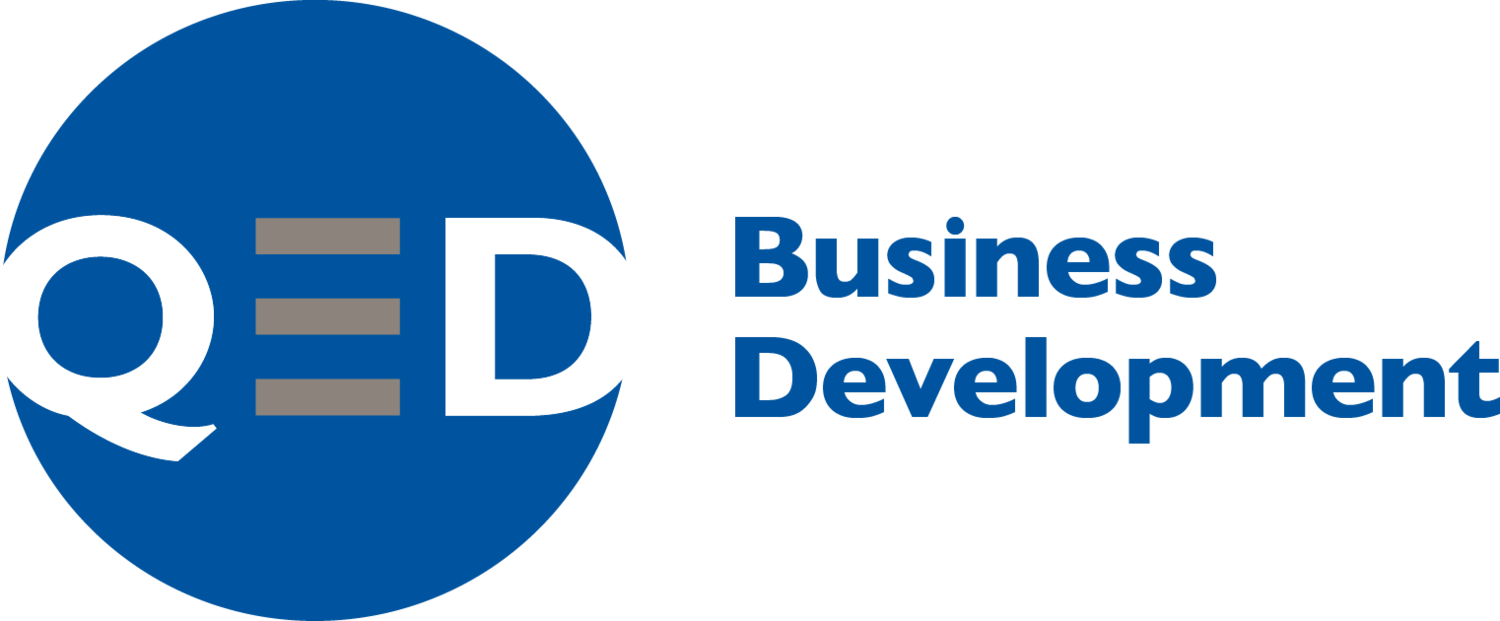With all the talk in the professions about mergers (including today's NRF/HDY announcement) and downward pressure on profits, there are some gloomy job prognoses around. I’ve personally been through two major mergers – at EY and BHP – and on both occasions, was on the ‘acquiring’ side, i.e., the perceived takeover merchant, not the one being taken over. And I’ve also observed other firms going through their own integration processes from up close as a consultant. There is a tendency to immediately leap to the cost-saving option of merging back office functions to create payback from the transaction.
So I thought it might be thought-provoking to share some of the do’s and don’ts about how to value the BD and Marketing people (I don’t like using the term ‘resources’) affected by these changes of structure and ownership. I want to stick to what I know and talk about the BD and Marketing back office here. There are numerous considerations and I’ll share three of them here:
Who is doing the evaluation? How good are you at valuing things you haven’t done before? Then question why is there often a high weighting towards lawyers, accountants and Executive Management in making life changing, business altering decisions about BD and Marketing people. Often the ‘value’ of an individual is subjective, especially when it comes to the support provided by someone in a BD or marketing role. That’s not to say it can’t be done. It is to say it involves nuance. Consider: Choosing your Head of BD and Marketing or someone from outside with a career in the area to lead the review and give them the support they need, especially the ability to have open dialogue for retention where warranted.
What is ‘value’? No matter who is in charge, both conscious and unconscious bias can seriously impact decisions that affect the financial and cultural advantages that a merger was supposed to capture. As we all understand, there is a strong tendency to stick with what you know. But valuing the quality of in-house BD and Marketing personnel must be a multi-faceted task. Consider: Having an in-place performance scorecard model can be of enormous benefit. If not, creating one during a merger integration where all personnel are measured on similar attributes is essential to avoid the ‘known’ people dominating the outcomes. As an example, a company called Performance Leader (www.performanceleader.com) use their software to support measurement on BD attributes such as Strategic Thinking, Decision Making, Client Focus and Collaboration among others.
How much time do you have? In the past, one commonly used merger approach was to leave most people in place initially and let the outcomes emerge over a period of 6-12 months. Now it’s a rare business case that doesn’t promise a short-term payback on the benefits of the merger limiting the opportunity to take your time. Both approaches though have merit. Taking your time allows the culture of the newly merged entity to settle in and gives people the chance to see if they suit the new look and feel of the place leading to more goodwill in the medium to longer term, lower redundancy costs, etc. The more rapid approach increases the pain short term, but locks in savings quickly and says to those that remain ‘get on with your work’. Most ‘acquiring’ businesses will already have a preference so this may be a moot point. Consider: My suggestion would be to give it time to emerge. Good BD and Marketing people are hard to find. In my experience, they’re also loyal. Treat them well and they’ll give you enormous payback on your investment.
A sense of self awareness and openness to change is crucial for those in positions of responsibility. This is an extremely complex area and one worthy of deep thought. If you are affected by, or in charge of, a merger seek counsel from people you trust and back your own ability to make the right calls.
Paul McAllister has, in the past, been a BD and Marketing professional for BHP and EY. Since 2003 he has run his own consulting business - QED. He provides strategic advice and practical support to firms in the legal, accounting, engineering and architectural fields.

